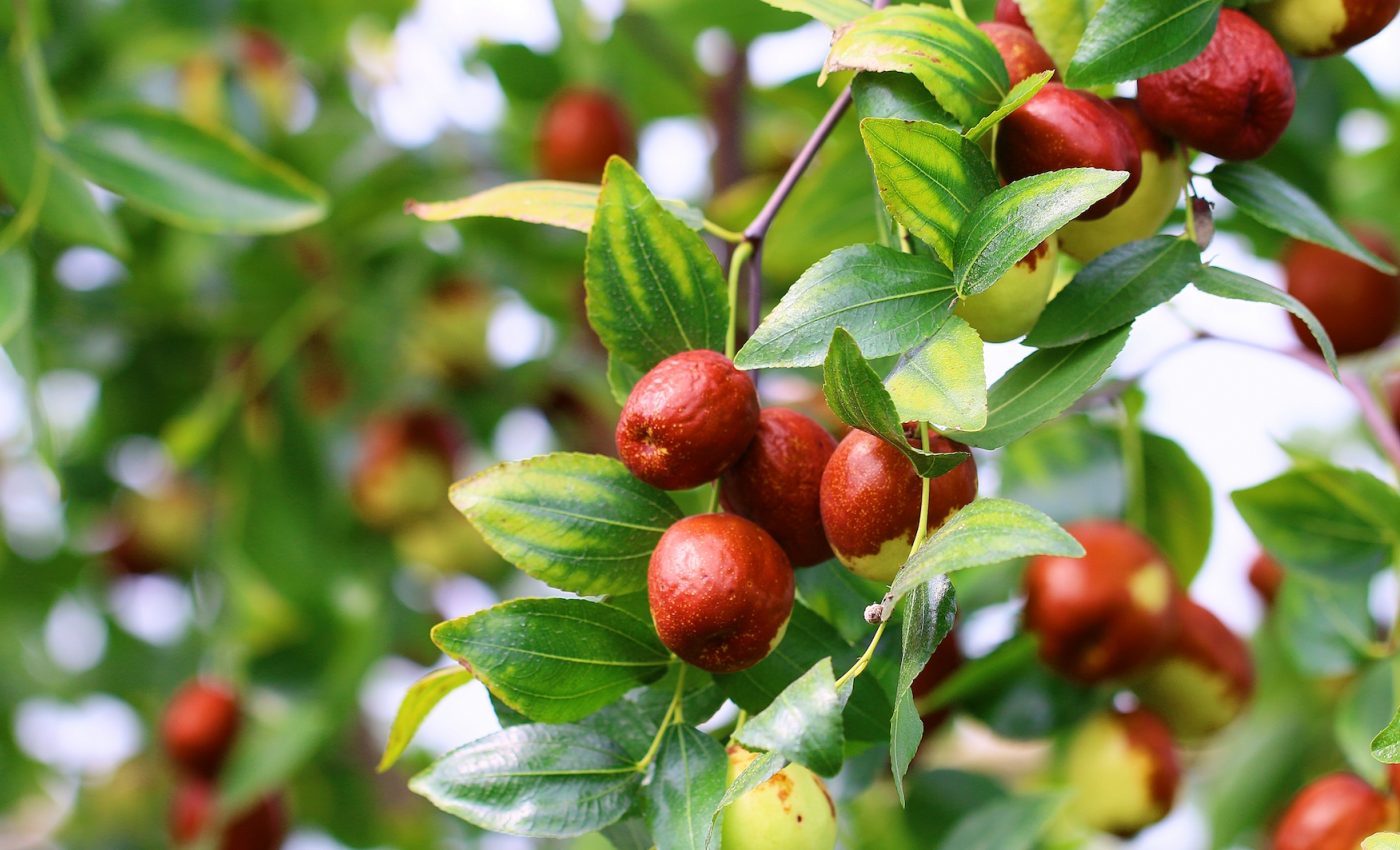
Big data can help monitor plant health and protect biodiversity
Scientists at the Florida Museum of Natural History are urging other experts to take advantage of the massive data resources that are available to help predict how plants will respond to human-induced environmental changes. The researchers are also asking their colleagues to help answer longstanding questions about plant diversity.
“Using big data to address major biodiversity issues at the global scale has enormous practical implications, ranging from conservation efforts to predicting and buffering the impacts of climate change,” said study co-author Doug Soltis. “The links between big data resources we see now were unimaginable just a decade ago. The time is ripe to leverage these tools and applications, not just for plants but for all groups of organisms.”
For several centuries, natural history museums have accumulated massive collections with billions of specimens and much of their associated data is now available online. New technologies such as remote sensors and drones give scientists the opportunity to monitor plants and animals and share data in real time. In addition, citizen scientists are documenting their observations using digital tools such as iNaturalist.
As all of these databases have grown, so have the computational tools needed to analyze and link them. The development of systems such as GenBank, which stores DNA sequences, makes it possible for a study that was previously focused on a single plant community to be expanded on a global level.
Study co-lead author Julie Allen is an assistant professor in the University of Nevada-Reno Department of Biology.
“We’re in this exciting and terrifying time in which the unprecedented amount of data available to us intersects with global threats to biodiversity such as habitat loss and climate change,” said Professor Allen. “Understanding the processes that have shaped our world – how plants are doing, where they are now and why – can help us get a handle on how they might respond to future changes.”
“We can’t survive without plants,” said co-lead author Ryan Folk. “A lot of groups evolved in the shadow of flowering plants. As these plants spread and diversified, so did ants, beetles, ferns and other organisms. They are the base layer to the diversity of life we see on the planet today.”
In addition to using and growing plant data resources, the researchers hope the scientific community will address one of the toughest remaining obstacles, which is finding a way for these large databases to work smoothly with each other.
“This is still a huge limitation,” said Professor Allen. “The data in each system are often collected in completely different ways. Integrating these to connect in seamless ways is a major challenge.”
The study is published in the journal Nature Plants.
—
By Chrissy Sexton, Earth.com Staff Writer












